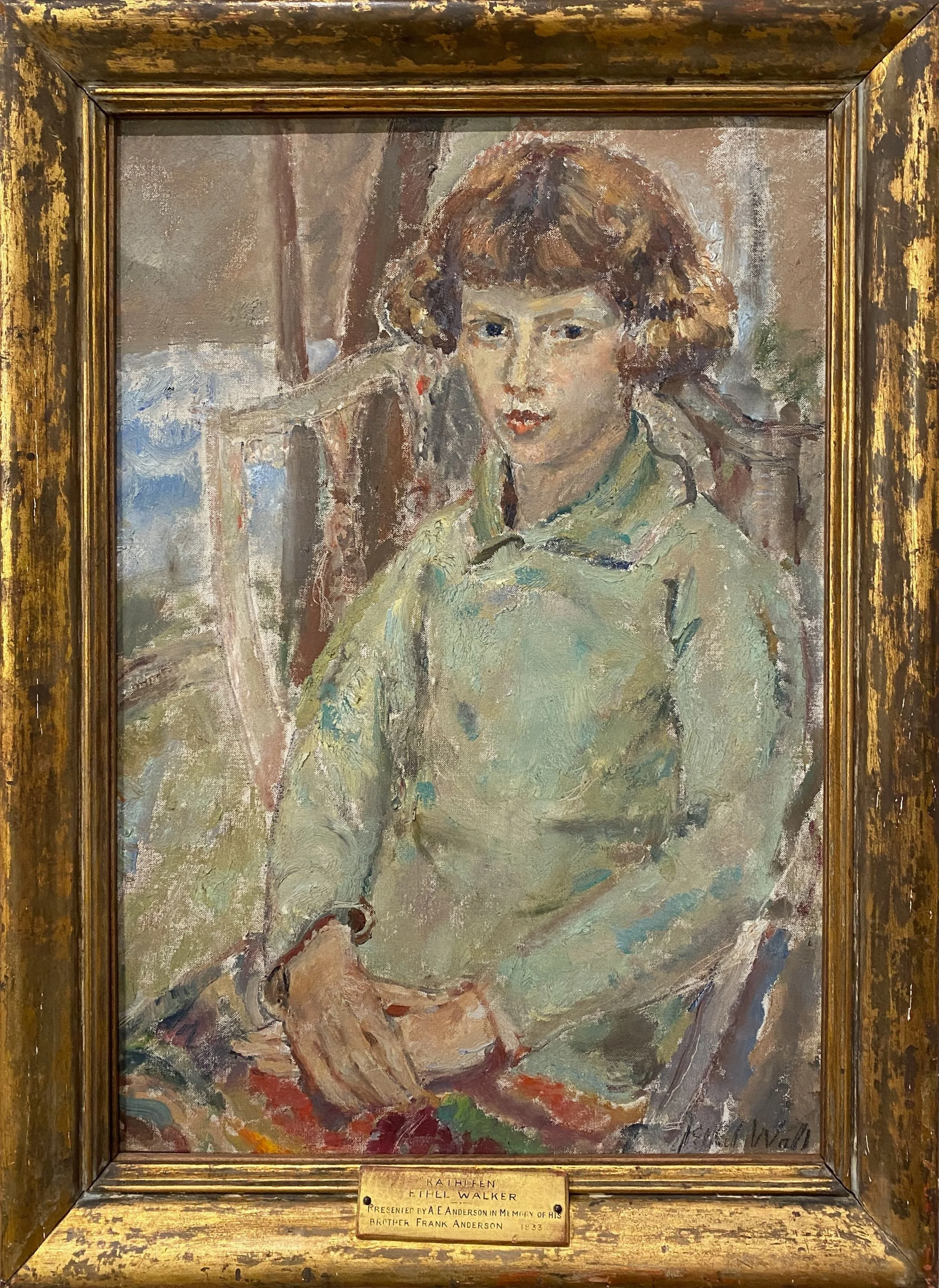In Conversation: Women Artists at the Steer Exhibition
On a recent visit to the Williamson Art Gallery in Birkenhead, I spent some time with Philip Wilson Steer: In Conversation — a thoughtful and well-curated exhibition that doesn’t shy away from interrogating its subject.
Steer, born in Birkenhead and known for pioneering British impressionism, is undeniably skilled. But he also held troubling attitudes towards the women he painted, which is something the curators have addressed with care.
Their own notes acknowledge this directly:
“...but will also show the limitations of his radicalism, largely through his approach to depicting women.”
Rather than sweeping those limitations aside, the gallery quietly and effectively opens up space for other voices. Included in the show are three works by women artists — all painters who, like Steer, explored portraiture, the body, and the British landscape, but with notably different intentions and outcomes. These three paintings by Mary McCrossan, Helen Read Thiis, and Dame Ethel Walker, offer counterpoints to Steer’s gaze, and deserve spotlighting in their own right.
Mary McCrossan — St Ives, date unknown
Born in Liverpool, McCrossan was known for her expressive, colour-rich views of the Southwest coast. Her St Ives is a vivid seascape, anchored in bold blues and confident brushstrokes. It stands in contrast to Steer’s more subdued palettes, offering a bolder, more sensory way of seeing.
Helen Read Thiis — Nude Study, 1972
While Steer’s portraits often drift into objectification, Thiis’s Nude Study feels tender and interior. Her figure isn’t passive or ornamental; she’s present, embodied. Her skin, painted in soft pinks, radiates warmth. The gentle placement of her hands suggests vulnerability as well as self-possession.
Dame Ethel Walker — Kathleen, date unknown
Walker, a contemporary of Steer’s, painted women as she saw them: powerful, complex, and unfiltered. In Kathleen, her subject stares back at us directly. She’s not performing. Her short hair, bare face, and pursed lips reject the passivity Steer often relied on. Walker invited her sitters to be themselves — no makeup, no stylised pose — and that intention lives in the work.
Bringing these works together in one space opens up a richer, more complicated picture, not just of Steer, but of the times he worked in and the voices often left out. It’s heartening to see curators embrace this complexity with care.


